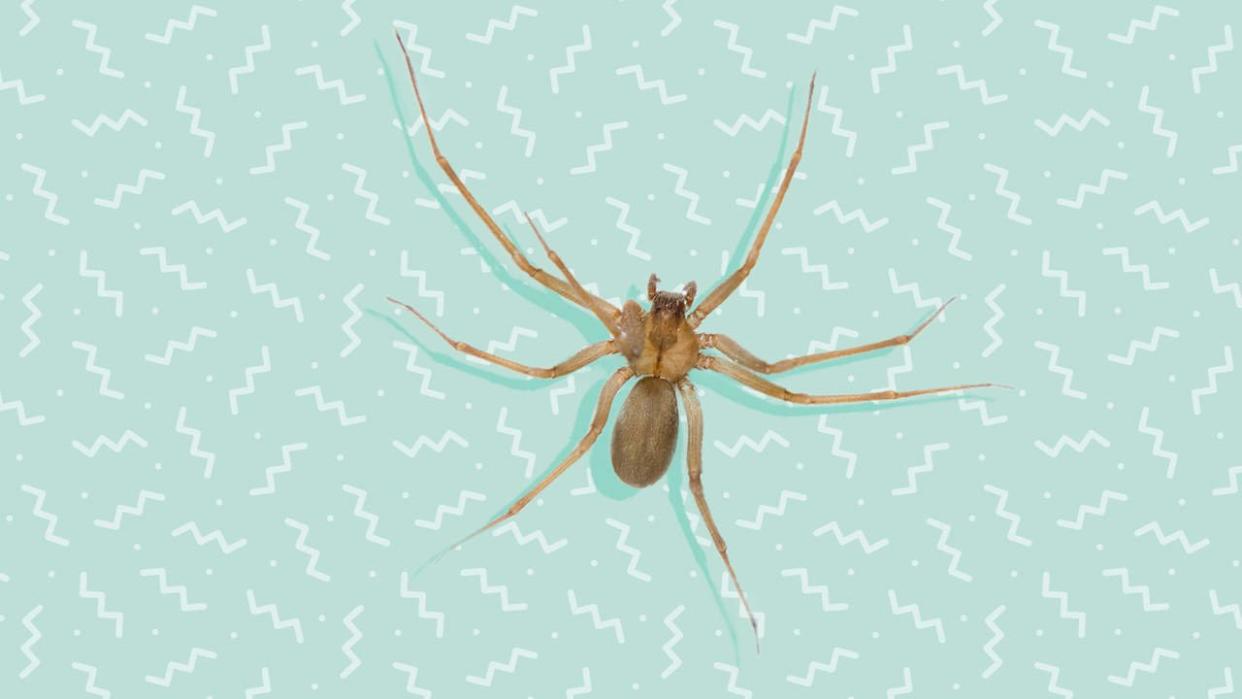Doctors Find Brown Recluse Spider in Woman’s Ear After She Complains of 'Swooshing' Sound

Getting water in your ear after swimming is uncomfortable—but it's a whole lot better than finding out a poisonous spider moving around in there.
Unfortunately, that's what happened to Kansas City resident Susie Torres, who woke up last week to a “swooshing” noise in her left ear. “It was like when you went swimming and you have all of that water in your ear," Torres told Fox3KC.
RELATED: A Poisonous Spider Bite Left This 9-Year-Old Boy With a Gaping Hole in His Leg
Torres initially thought that the sensation was just a side effect of her allergy shot—but when she went to get her ear checked out, it turned out to be something much more gruesome. "The medical assistant came to check me out, and she’s the one who noticed it," she told the news outlet.
"She ran out and said, 'I’m going to get a couple more people,' and she said, 'I think you have an insect in there," Torres said of the medical assistant. And she was right—that “swooshing” noise in Torres’ ear turned out to be a dime-sized brown recluse spider, which doctors were able to remove without it biting her.

RELATED: Everything You Never Wanted to Know About Spiders, In Case One Bites You
Just FYI: Brown recluse spiders, which are normally found in Midwestern and southern states, are a type of venomous spider native to the US, commonly found in the Midwestern and southern states, according to the CDC. While their bites are rare, they can be incredibly damaging. A brown recluse bite can actually be fatal if not treated, especially in children, and can cause symptoms such as a fever, muscle aches, itching, headache, chills, and a full-body rash.
The bite itself can have a "red, white, and blue" appearance, Jon Dyer, MD, a dermatologist in Columbia, Missouri, who specializes in treating these spider bites, previously told Health. He said that while the outer areas of the bite are typically red and inflamed with some swelling, the inside can be pale and the center will be purplish or bruised-looking. "There can be a lot of variability, but most bites keep to some element of this appearance," says Dr. Dyer.

RELATED: Woman Bit by Venomous Spider Discovers Dozens More in Her Apartment: 'We Kept Finding Handfuls'
In some cases, the bite can cause necrosis, or tissue death, resulting in an ulcer in the skin. If left untreated, bites can cause hemolysis (rupturing of red blood cells); kidney failure can also occur.
Thankfully, in Torres's case, her eight-legged friend didn’t bite—but that hasn’t made her any less frightened by the experience.
"I went and put some cotton balls in my ears last night. I’m shaking off my clothes, and I don’t put my purse on the floor. I’m a little more cautious," she said. Rightfully so.
To get our top stories delivered to your inbox, sign up for the Healthy Living newsletter

